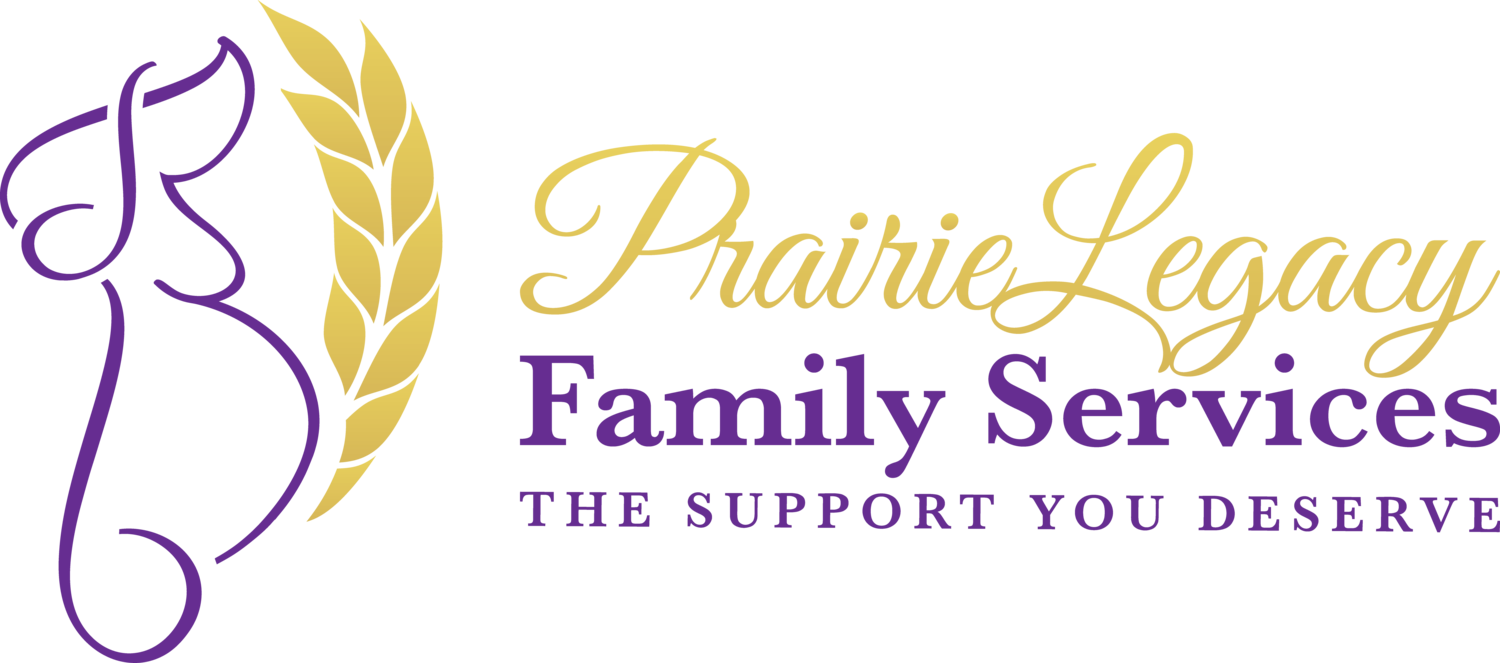Oxytocin, often hailed as the "love hormone" or "bonding hormone," takes center stage in the intricate ballet of childbirth. Originating in the hypothalamus and released by the pituitary gland, oxytocin not only orchestrates uterine contractions but also triggers the release of endorphins. In this blog post, we'll explore the dual role of oxytocin and endorphins during labor, natural ways to enhance their production, and the nuanced relationship between oxytocin and its synthetic counterpart, syntocin.
What is Oxytocin and Endorphins' Role in Labor?
Oxytocin, a neuropeptide, is renowned for its involvement in social bonding, maternal behavior, and uterine contractions during labor. As labor progresses, oxytocin levels surge, initiating rhythmic contractions pivotal for cervical dilation and childbirth. Interestingly, oxytocin doesn't work alone – it's intricately linked with the release of endorphins, the body's natural pain-relieving and mood-enhancing neurotransmitters.
Ways to Naturally Increase Oxytocin and Endorphins in Labor:
1. Skin-to-skin contact: Physical touch not only boosts oxytocin but also stimulates the release of endorphins, creating a positive feedback loop.
2. Relaxation techniques: Practices like deep breathing and meditation not only elevate oxytocin levels but also trigger the release of endorphins, promoting a sense of calm and well-being.
3. Positive social interactions: A supportive environment fosters both oxytocin and endorphin release, contributing to a more positive labor experience.
4. Nipple stimulation: Gentle nipple stimulation is linked not only to increased oxytocin production but also the release of endorphins, providing natural pain relief during contractions.
Syntocin vs. Oxytocin:
While syntocin (Pitocin) is a synthetic form of oxytocin used in medical settings to induce or augment labor, it lacks the nuanced interplay with endorphins found in natural oxytocin release. The body's innate ability to synchronize oxytocin and endorphin production underscores the complexity and effectiveness of the natural processes during childbirth.
Conclusion:
In the mesmerizing symphony of childbirth, oxytocin and endorphins emerge as dynamic partners. Understanding how natural oxytocin not only drives uterine contractions but also triggers the release of endorphins highlights the holistic nature of the body's response to labor. As we explore ways to enhance their production naturally, we celebrate the intricate dance between hormones and neurotransmitters, affirming the beauty of the body's innate abilities during the miraculous journey of childbirth.

